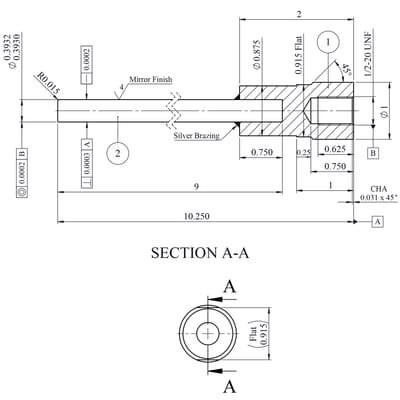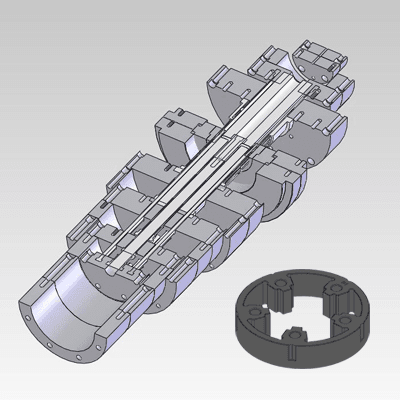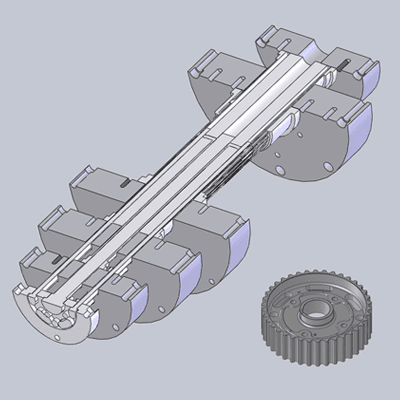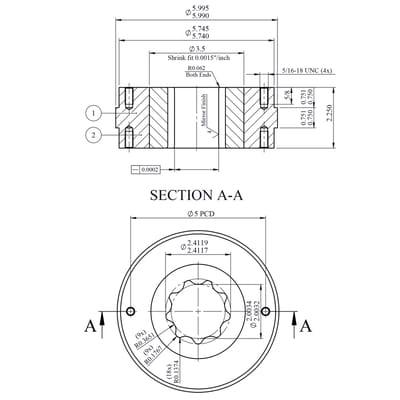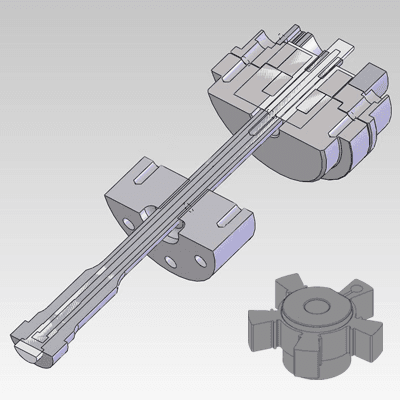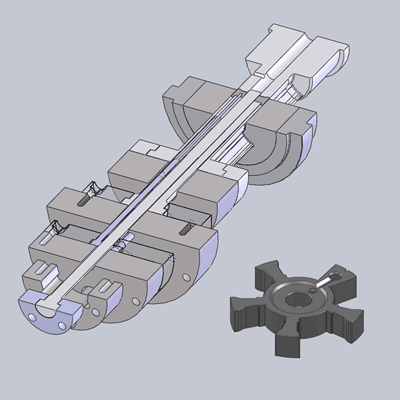Sintered Metal Products | BLUE
BLUE supplies a wide range of standard sintered metal products, including sintered structural parts, sintered metal bushings, sintered metal filters without tooling fees. We provide powder metallurgy solutions for the automotive, motorcycle, mechanical, power tools, and filtration system industries.
Why Choose BLUE?
BLUE is your trusted manufacturer of sintered metal products, supported by advanced production equipment, high quality control system, free mold design services, fast delivery, and competitive pricing from China.
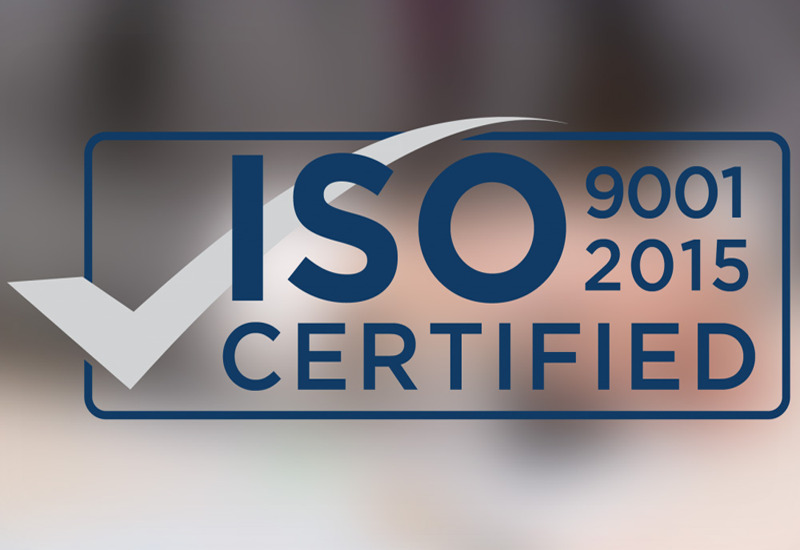
BLUE High Quality Standards
BLUE assures your sintered metal products quality with ISO 9001:2015 certified quality management system. We provide a one-year warranty on your products.

Standard PM Parts Shop
BLUE has a full range of standard powder metallurgy parts in stock for fast delivery. Visit our standard parts shop to find the exact match for your applications.
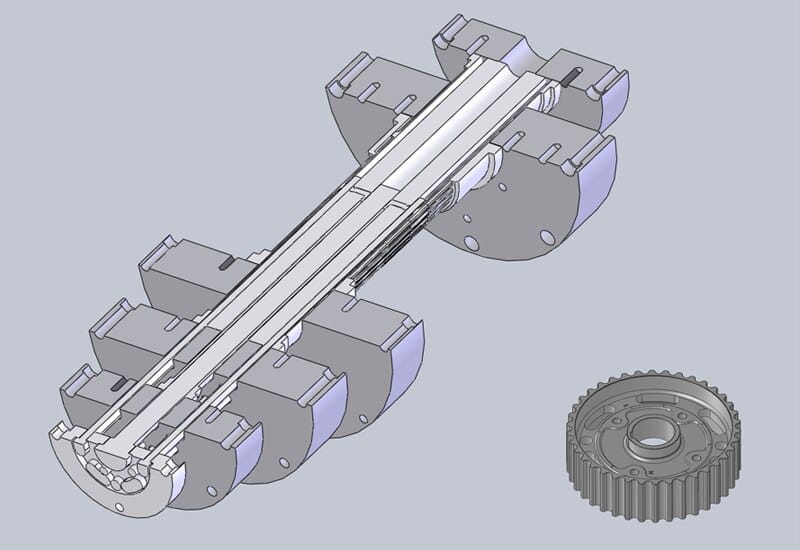
Free Mold Design Service
With over 20 years of expertise in mold design, BLUE offers free, high-precision mold design services to meet your customized needs. Let our experience work for you!
China Sintered Parts Supplier - BLUE
BLUE’s sintered metal products have good mechanical strength, wear resistance, corrosion resistance and long service life.
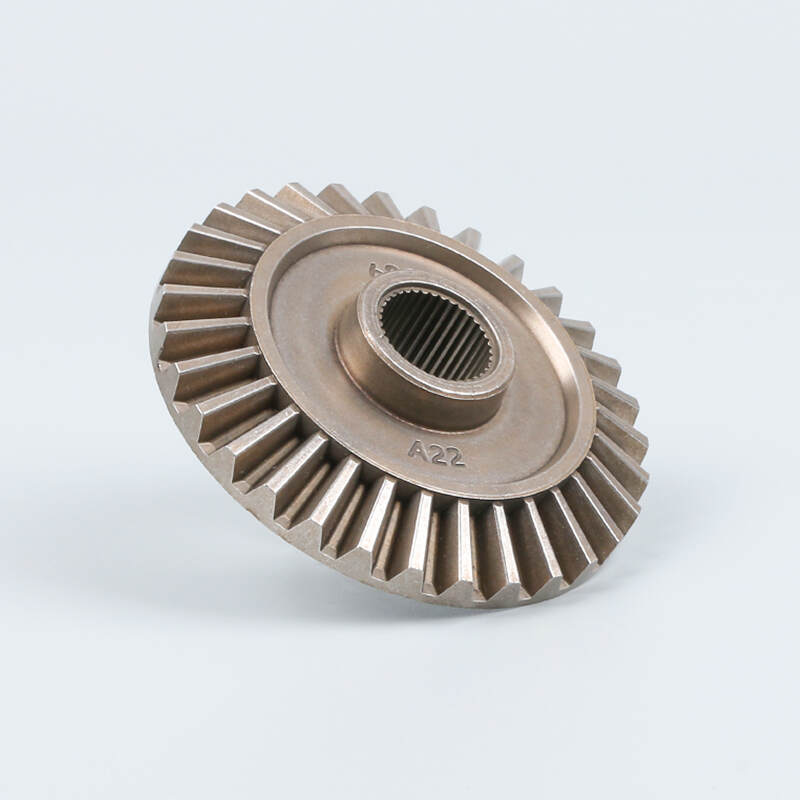
Sintered Metal Gears
BLUE sintered metal gears have high material utilization, precise tooth profile and tight dimensional tolerance.
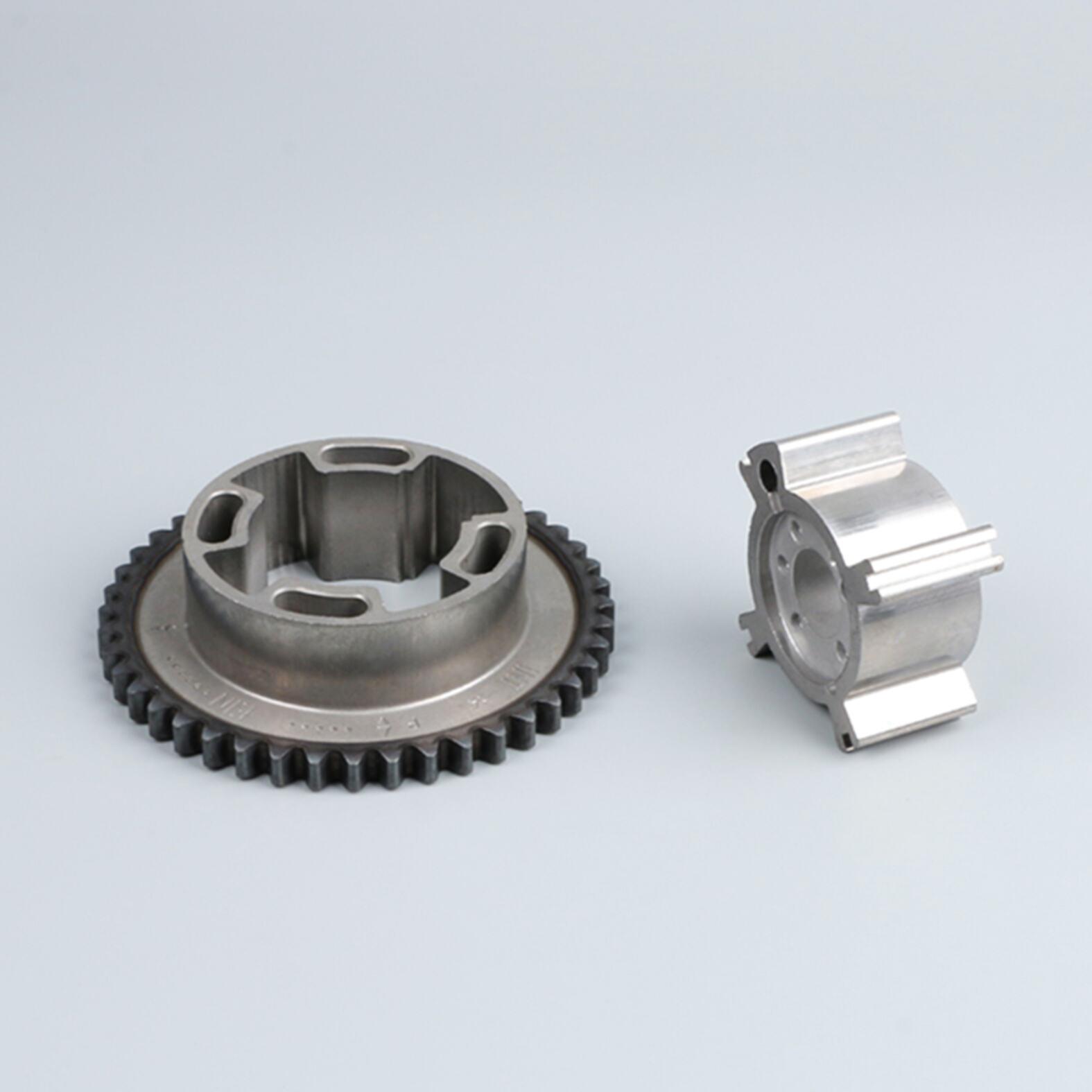
Sintered Metal Parts
Sintered metal parts offer excellent quality consistency and can be made from a wide range of raw materials, including ferrous and non-ferrous metals.
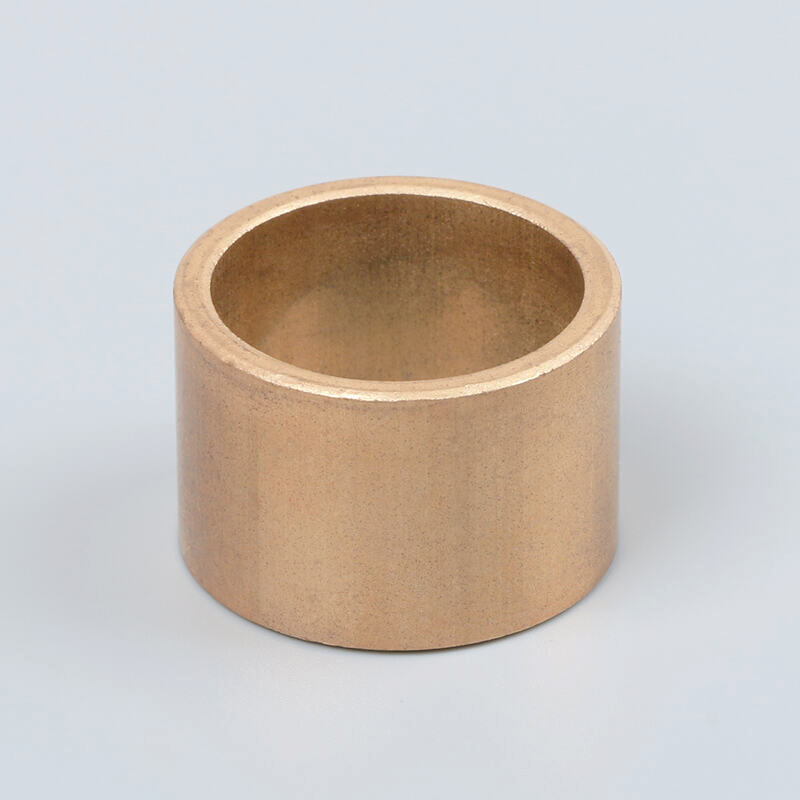
Sintered Metal Bushing
Sintered metal bushings are self-lubricating bushings that release oil during operation to reduce friction.

Sintered Metal Filter
BLUE sintered metal filters feature uniform porosity and a high filtration efficiency exceeding 99.99%.

Sintered Metal Plate
Our sintered metal plate features a narrow pore size range, micron-level filtration accuracy, and high parallelism.

Sintered Metal Tube
BLUE's sintered metal tube has high filtration efficiency, good compressive strength and good corrosion resistance.
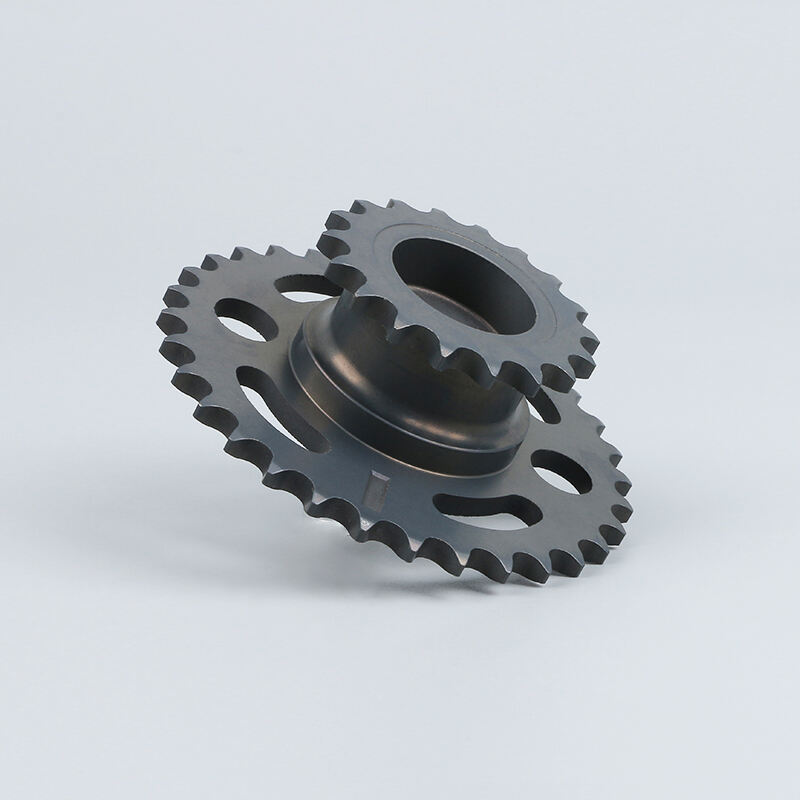
Sintered Structural Part
Sintered structure parts are easy to shape and quickly formed, enabling mass production at a competitive price.
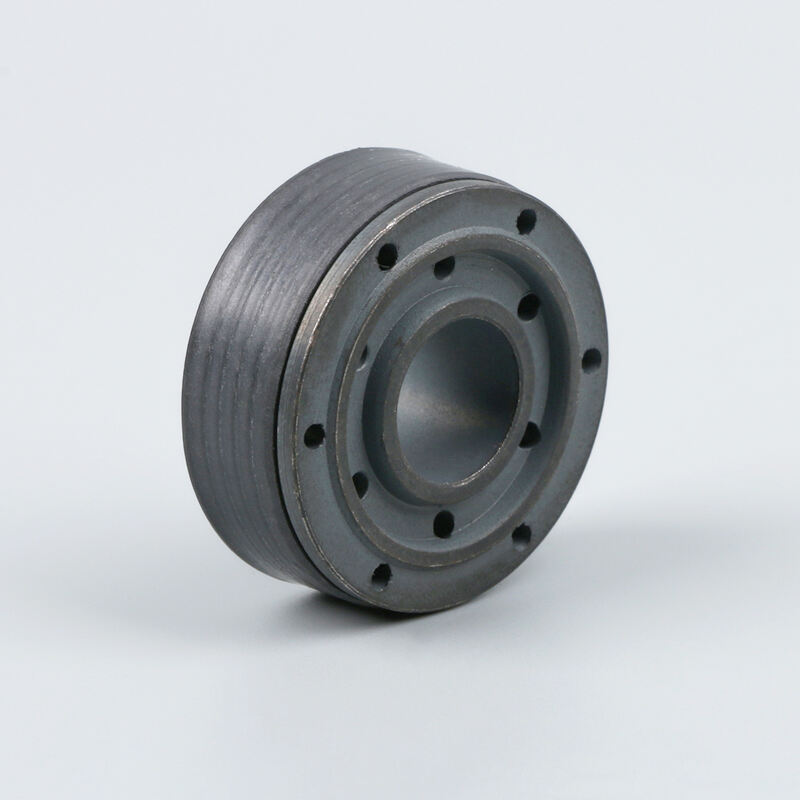
Shock Absorber Parts
BLUE pffers high quality shock absorber parts, including valves, pistons, and guides, with tight tolerances.
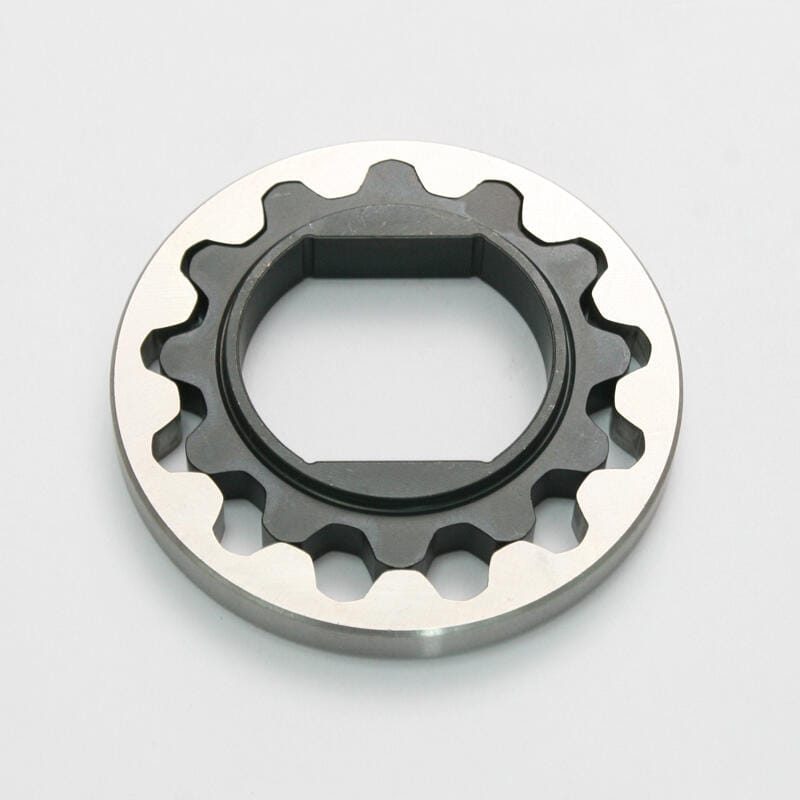
Oil Pump Rotor
Oil pump rotor is composed of an inner and outer rotor and is responsible for distributing lubricating oil throughout the engine.
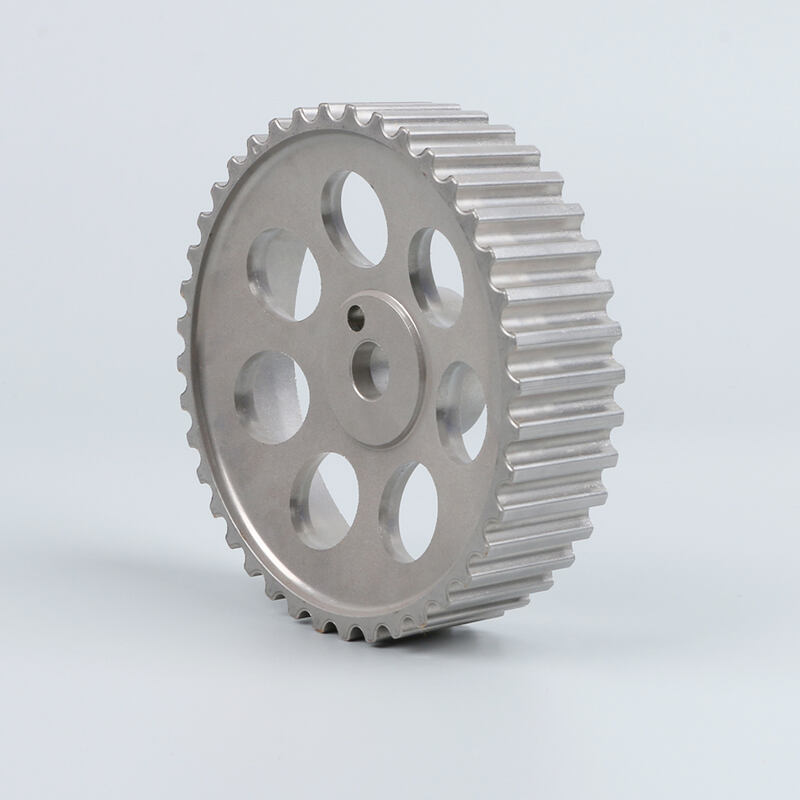
Timing Pulley
A timing pulley is a toothed wheel that meshes with a timing belt to synchronize the movement of engine or mechanical components.

Water Pump Pulley
Water pump pulley works with the belt to circulate coolant throughout the engine to maintain optimum operating temperature.
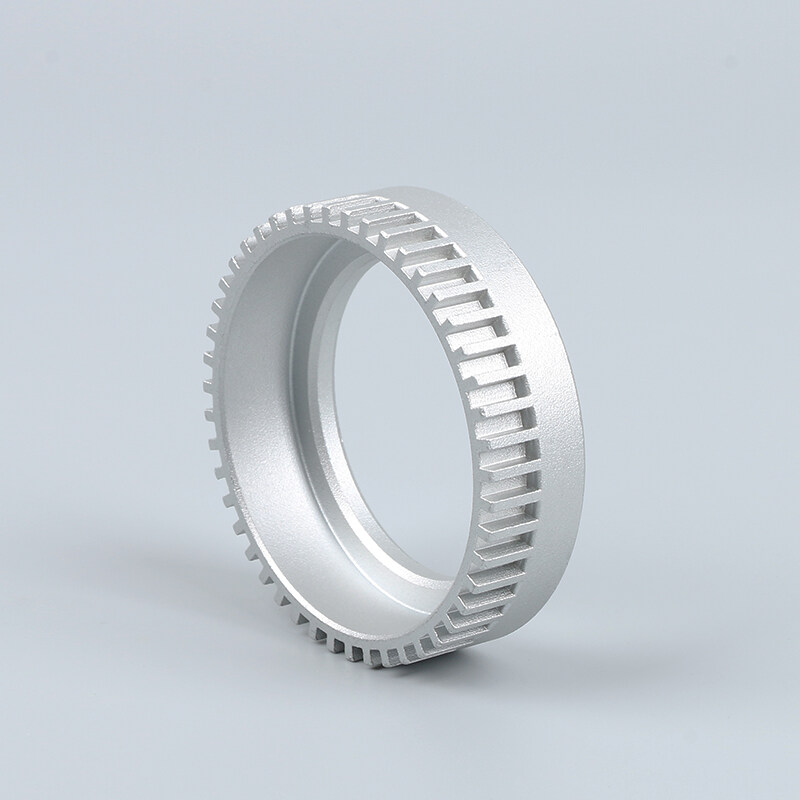
ABS Ring
ABS ring is a toothed ring on the wheel hub or axle that works with ABS sensor to detect wheel speed for anti-lock braking system.
BLUE's Sintered Metal Products Advantages
BLUE’s sintered metal products are manufactured under the quality control systems of ISO 9001:2015 and IATF 16949:2016.
Our sintered metal products feature a density ranging from 6.8 to 7.5 g/cm³ and a hardness between 60 and 90 HRB.
BLUE can manufacture a wide range of sintered metal products, with diameters from 5 to 250 mm and lengths from 5 to 200 mm.
We offer various surface treatment processes, including copper infiltration, tumbling, Dacromet coating, steam treatment, heat treatment, etc.
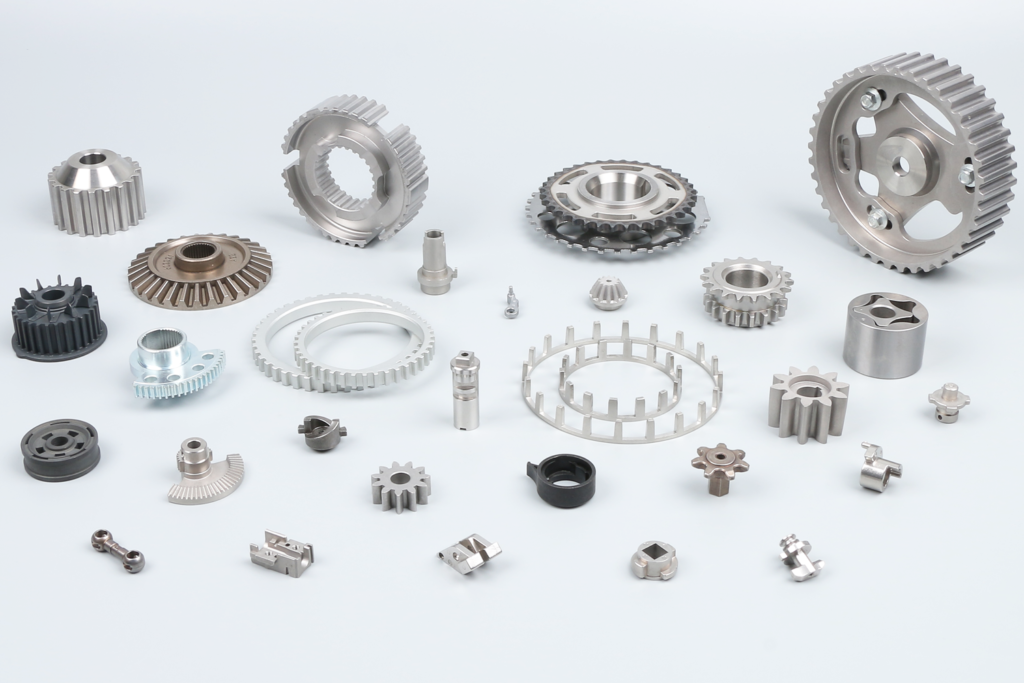

Standard Sintered Metal Components Supplier
BLUE is committed to developing standard powder metallurgy parts that do not require tooling fees.
Our standard sintered metal structural parts include oil pump rotors and gears, water pump flanges and pulleys, shock absorber parts, sprockets, gears, jaw couplings, and more.
Our standard sintered bushing materials are available in iron base, bronze base, and iron-copper base.
Our sintered metal filters include mufflers, breather vents, spargers, cartridges, plates, and discs.
Sintered Metal Materials
BLUE offers a broad slections of sintered metal material options to meet a variety of industry needs.
- Unalloyed iron, such as F-0000, is suitable for lightly loaded structural parts, such as ABS rings or soft magnetic applications.
- Alloy steel contains additional elements, besides iron and carbon, such as chromium, nickel, molybdenum, and manganese, to enhance properties like strength, hardness, and corrosion resistance.
- Common stainless steels used for sintered metal products include the 300 and 400 series, such as 316, 304, and 410.

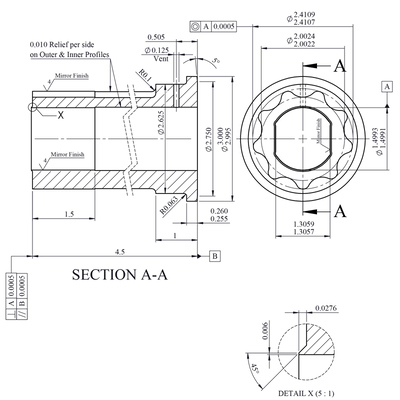
Customized Sintered Metal Parts
BLUE also provides custom sintered metal products if standard parts are not suitable for your projects.
We have 20 years of experience in powder metallurgy manufacturing and design, supported by a professional team of engineers.
If needed, we offer free powder metallurgy mold design services tailored to your requirements.
Contact our team to customize your sintered powder metal parts.
Applications of Sintered Metal Products
Automobile
Sintered metal products have a wide range of applications in the automotive industry, including oil pump rotors and gears, shock absorber accessories, gears, sprockets, water pump pulleys, and flanges.
Aerospace
Some sintered metal materials, such as Inconel 625, offer excellent high-temperature resistance and corrosion resistance, which are ideal for aerospace components.
Power Tools
Various powdered metal gears are used in power tools, including spur gears, bevel gears, helical gears, and planetary gears.
Filtration Systems
Sintered metal filters are widely used in water treatment, food and beverage processing, petrochemical applications, biomedical fields, and more.
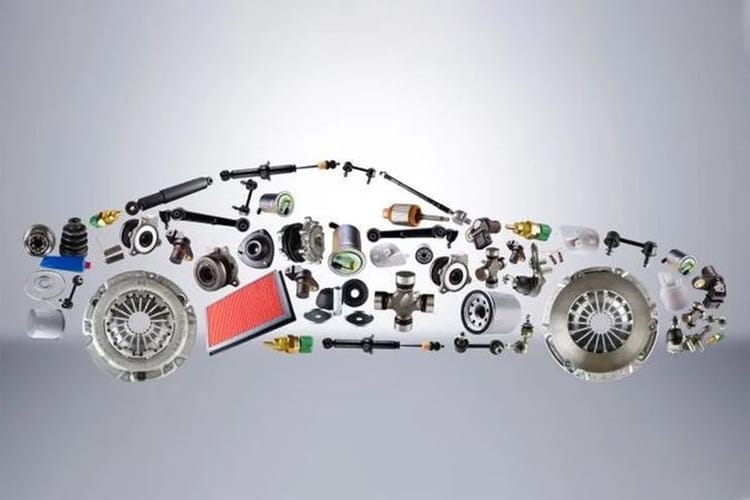
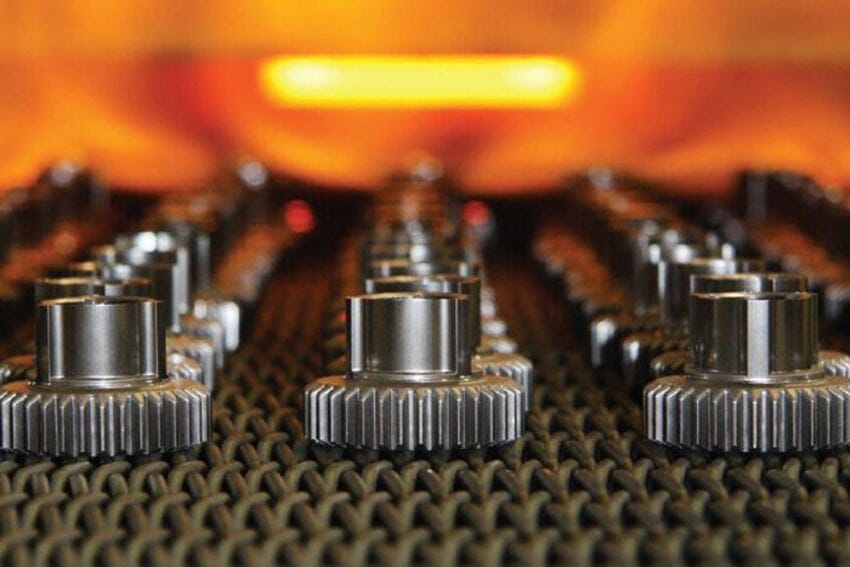
Benefits of Sintered Metal Products
Cost-Effective for Mass Production
Sintered metal components are cost-effective for mass production due to their high material utilization and fewer processing steps.
Tight Tolerances
Sintered metal parts can achieve tolerances between IT8 and IT9, and between IT5 and IT7 after the sizing process.
Self-Lubricating Properties
Sintered metal products have internal pores and can acquire self-lubricating properties through the oil impregnation process.
Custom Sintered Metal Parts Capabilities
The following are BLUE’s custom sintered metal products capabilities, including part size, weight, wall thickness, surface roughness, etc.
| Attribute | Value |
|---|---|
| Size | Diameter 5 to 250 mm |
| Length | 5 to 200 mm. |
| Wall thickness | Minimum wall thickness is 1.5mm |
| Surface finish | Ra 0.8μm to Ra 1.6μm |
| Weight | 3 to 2000 g |
| Tolerance | ±0.01 mm |
| Sintered Hardness | 60-90 HRB |
| Hardened Hardness | 30 HRC min |
| Material | All materials comply with MPIF 35 or DIN 30910 or JIN Z 2550 standards |
Various Powder Metallurgy Molds Designed by BLUE
We use SolidWorks, ProE, UG and AutoCAD software when designing your powder metallurgy molds.
Sintered Metal Products Manufacturing Process
Powder metallurgy is a precision manufacturing process with a continuing and stable accuracy of up to 0.01mm, which requires strict control at each stage to ensure the quality of the final part. Any deviation or error during the process may result in the rejection of the entire batch.
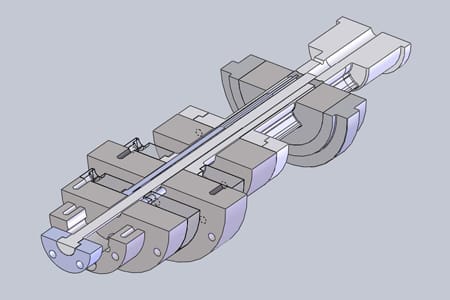
Designing
Mold design is a critical process that must consider the desired part geometry, material properties, production volume, and cost-effectiveness.
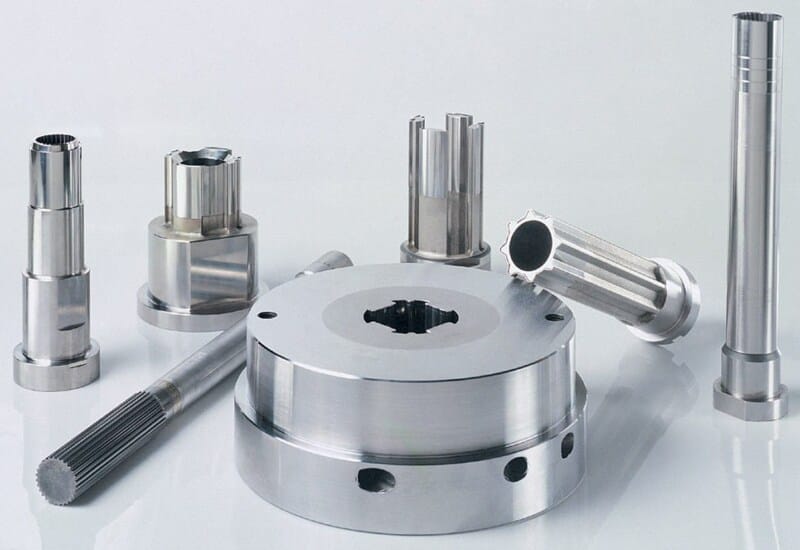
Tooling
Powder metallurgy tooling includes upper and lower punches, die, and core rod. The mold needs to have excellent strength, hardness and wear resistance.
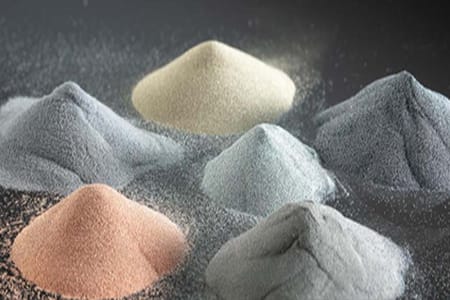
Mixing
Mixing is the process of blending metal powder with binders to improve its uniformity and fluidity, promoting better material consistency.
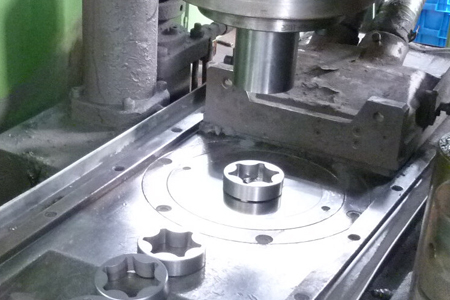
Compacting
Conpacting is a process that presses metal powder into mold cavity through powder compaction machine to get a green compact part.
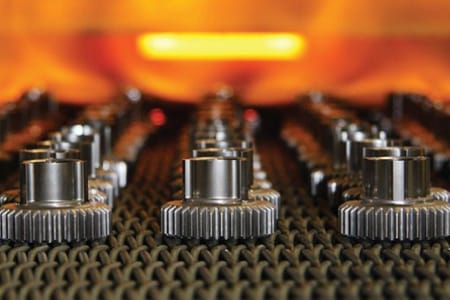
Sintering
Sintering heats the green compact to a temperature below its melting point in a controlled atmosphere to obtain the desired mechanical properties.
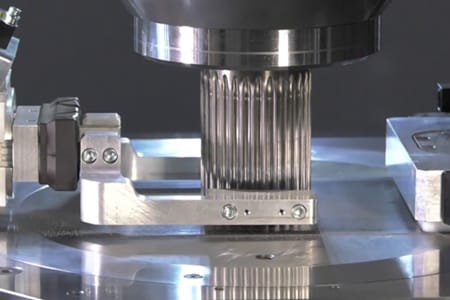
Sizing
Sizing corrects dimensional deviations after sintering and enhances product accuracy. It requires an additional, simpler set of molds compared to the forming mold.
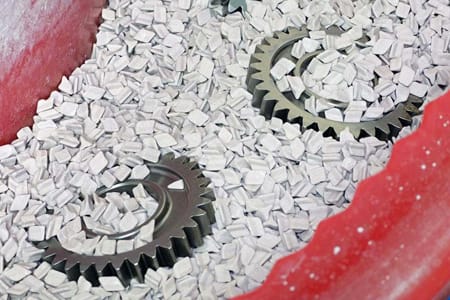
Tumbling
Tumbling removes burrs and flash from a part's surface by vibrating it with abrasive media, such as stone or ceramic, resulting in a smoother finish.
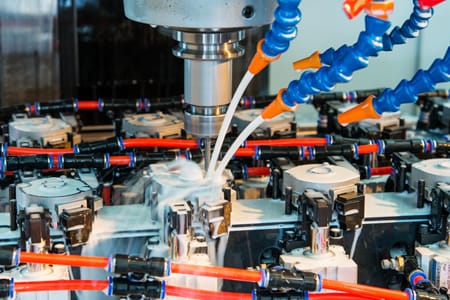
Machining
Machining can achieve complex shapes that cannot be pressed by powder metallurgy, such as transverse holes and screw threads.
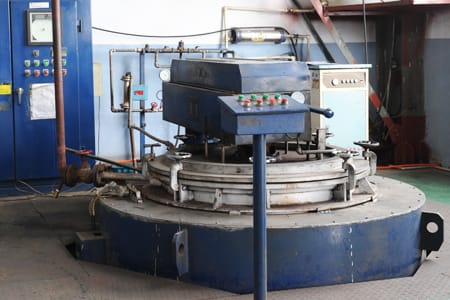
Blackening
Blackening process, or steam treatment, forms an oxide layer to prevent rust and increase hardness, offering a cost-effective solution.
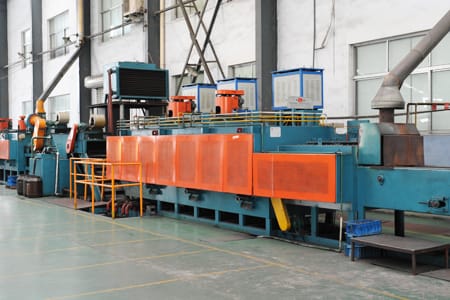
Hardening
Hardening enhances the material's strength and hardness through carburizing or nitriding, resulting in improved wear resistance and fatigue life.
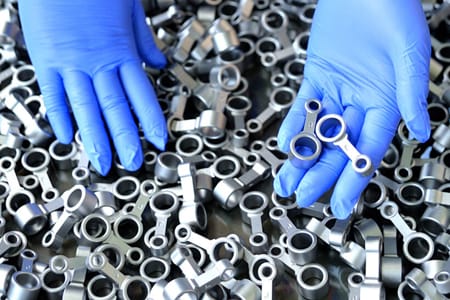
Inspecting
The inspecting process is always a critical step that ensures quality and performance through BLUE inspection standards before shipping.
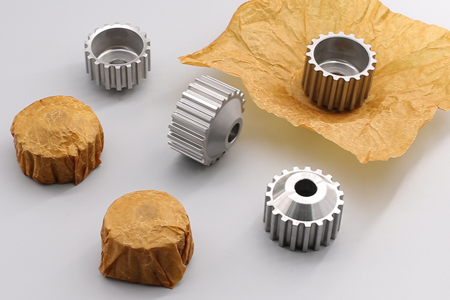
Packaging
BLUE's packaging process uses anti-rust paper, vacuum, blister and other methods to ensure that the product is intact during transportation.
BLUE's Sintered Metal Parts Manufacturing Equipment
BLUE has a complete range of advanced powder metallurgy production equipment, including 25T to 1000T compaction press, conveyor belt sintering furnace, vacuum sintering furnace, sizing press, CNC machining equipment, hardening furnace, etc.
Application of Powder Metallurgy
BLUE’s expertise in designing and manufacturing a wide variety of powder metallurgy molds enables our customers to produce high-quality and precision powder metal parts with complex shapes and features.
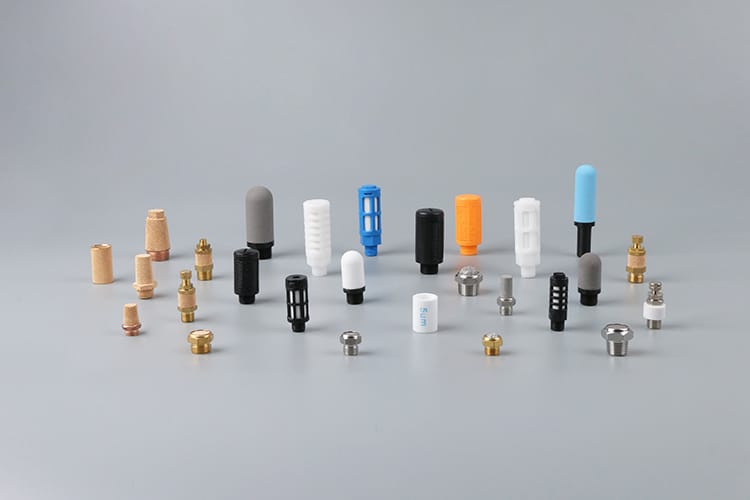
What is a Sintered Filter?
Sintered filters are manufactured by pressing metal powder into a mold and sintering it at high temperatures below the metal’s melting point.
Sintering process creates a solid, porous structure with fine interconnected pores that effectively capture contaminants while allowing liquids or gases to pass through.

Powder Metallurgy in Automotive Applications
With the advancement of technology, powder metallurgy in automotive applications is becoming more widespread. Do you know how many powder metal parts are in an

Powder Metallurgy Applications in Power Tools
Power tools make everyday work tasks a lot easier. Today, power tools are moving towards being compact, lightweight, and safe. This naturally goes hand in
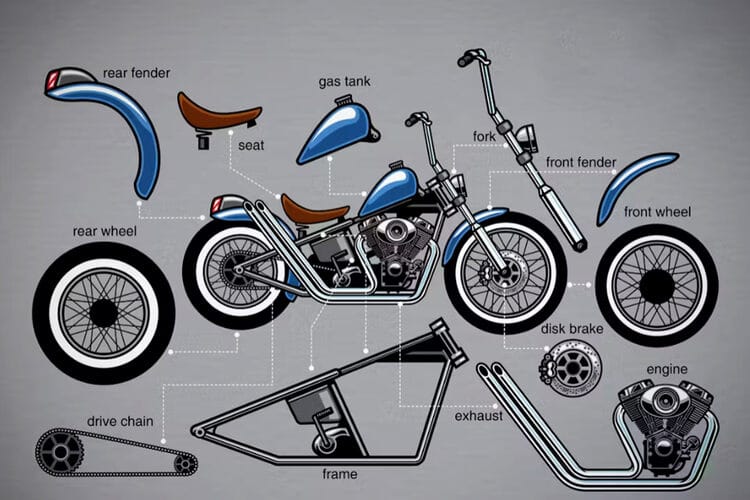
Powder Metallurgy Applications in Motorcycles
Motorcycling is closer to nature and easier to maneuver than driving. Many young people like this cool and exciting mode of transportation. Motorcycles are also
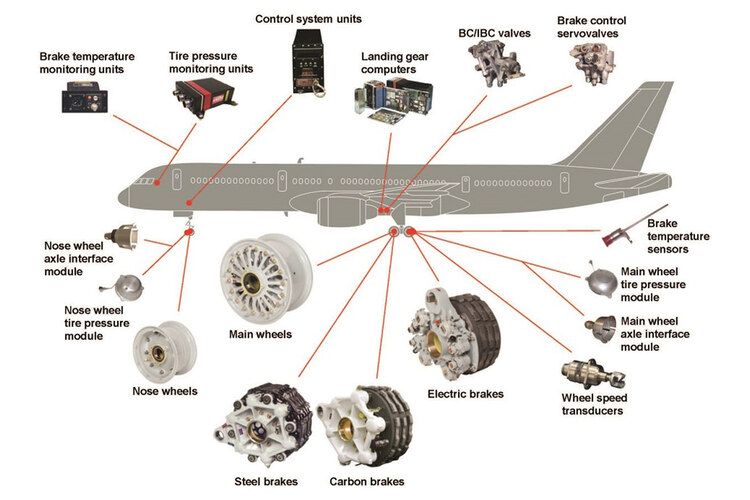
Powder Metallurgy Applications in Aerospace
You may have heard that powder metallurgy (PM) is widely applied in the mechanical industry. But do you know about powder metallurgy applications in aerospace?
BLUE's Complete Powder Metallurgy Manufacturing Capabilities
BLUE is an advanced powder metallurgy company, delivering one-stop customization for powder metallurgy parts, sintering molds, MIM parts, sintered filters, and ceramic components, all with strict quality control.
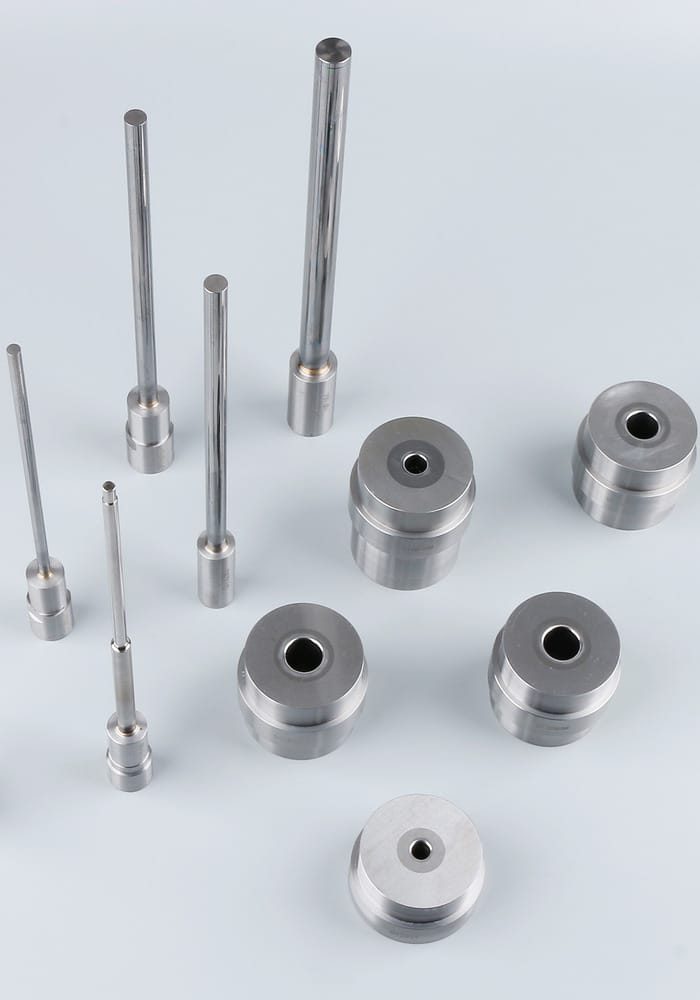
Sintering Mold
BLUE has over 20 years of experience in sintering mold design and production, with a service life of up to 500,000 cycles.
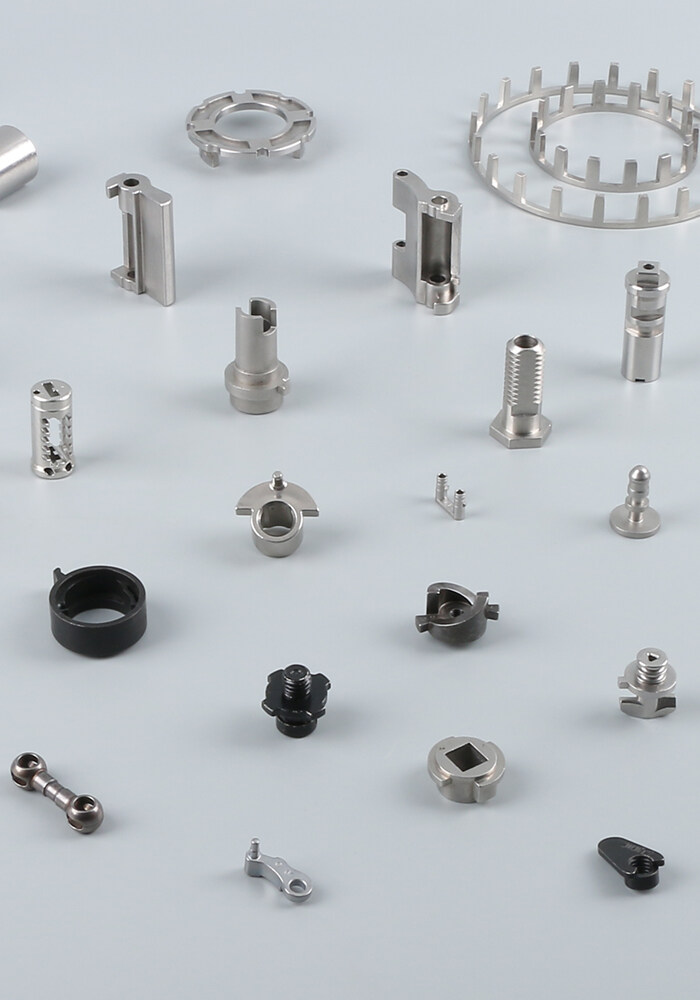
MIM Parts
BLUE's MIM parts feature flexible designs and top strength, produced with consistent quality for complex requirements.
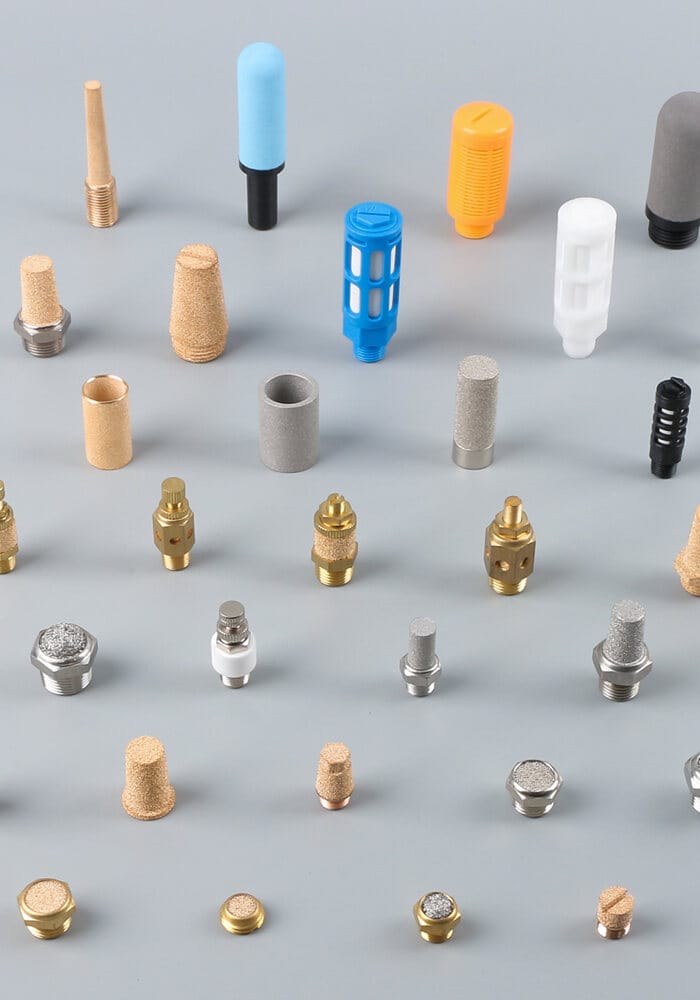
Sintered Filters
BLUE's sintered filters are designed to resist corrosion, so it can perform reliably and durable even in harsh chemical environments.
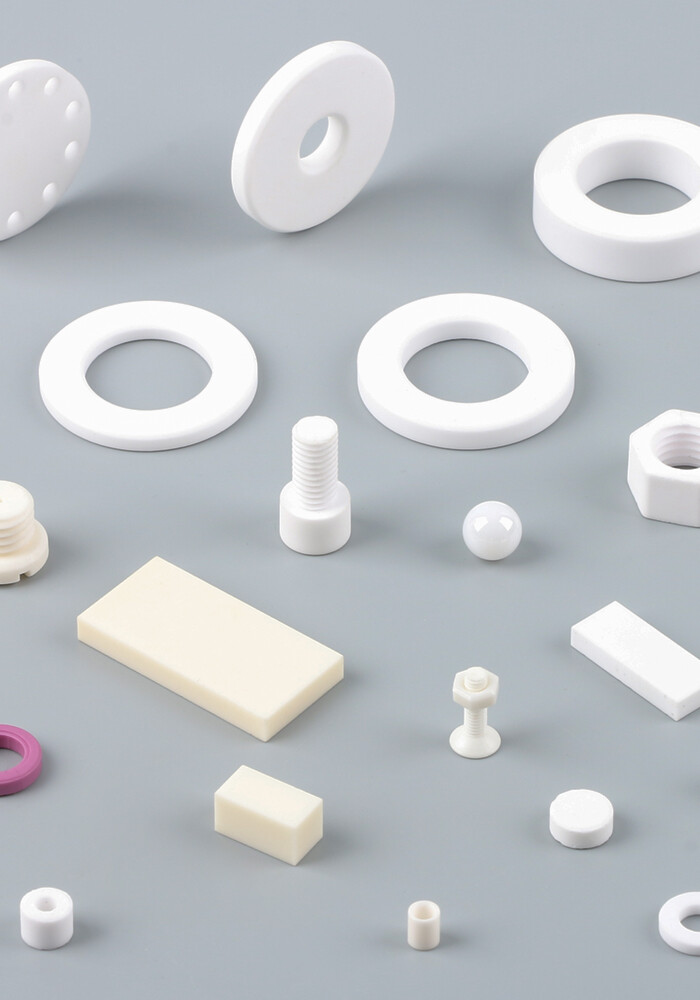
Sintered Ceramics
BLUE's sintered ceramics offer excellent resistance to high temperatures and corrosion, along with good strength, hardness, and surface finish.
FAQ's
Here are some of the questions we get asked often. If yours isn’t answered, don’t hesitate to contact us, we’re happy to help!
1. What is Sintered Metal?
Sintered metal product are manufactured through powder metallurgy process where metal powder particles are pressed into a desired shape and then sintered below their melting point.
2 Why Sintering is So Important?
Compacted metal powders only have a strength similar to chalk, making them prone to breaking and unable to meet usage requirements.
Sintering is heating the green compact below the metal’s melting point, enhancing its strength, hardness, and other mechanical properties.
3. What does the Cost of Sintered Metal Parts Include?
Raw material costs significantly impact the total cost of powder metallurgy products.
Iron-based and bronze powders are relatively economical, while stainless steel powders are more expensive.
Mixing, compacting, and sintering are the basic production processes.
The complexity and precision requirements of the part shapes must also be considered; more intricate designs often necessitate secondary machining.
Additionally, sizing and subsequent surface treatments will increase production costs, as this post-sintering process requires specialized equipment, tools, and labor.
4. What is the Maximum Density that can be Achieved in Sintered Metal Products?
Powder metallurgy products contain internal pores, so they cannot achieve complete density like casting and forging.
For example, iron-based powder metallurgy parts can reach 7.2 g/cm³ with one-time compacting and sintering.
Using secondary compacting and secondary sintering or a copper infiltration process can achieve densities of 7.2 to 7.6 g/cm³.
Powder forging can produce sintered metal parts exceeding 7.6 g/cm³, but the cost is greatly increased.

